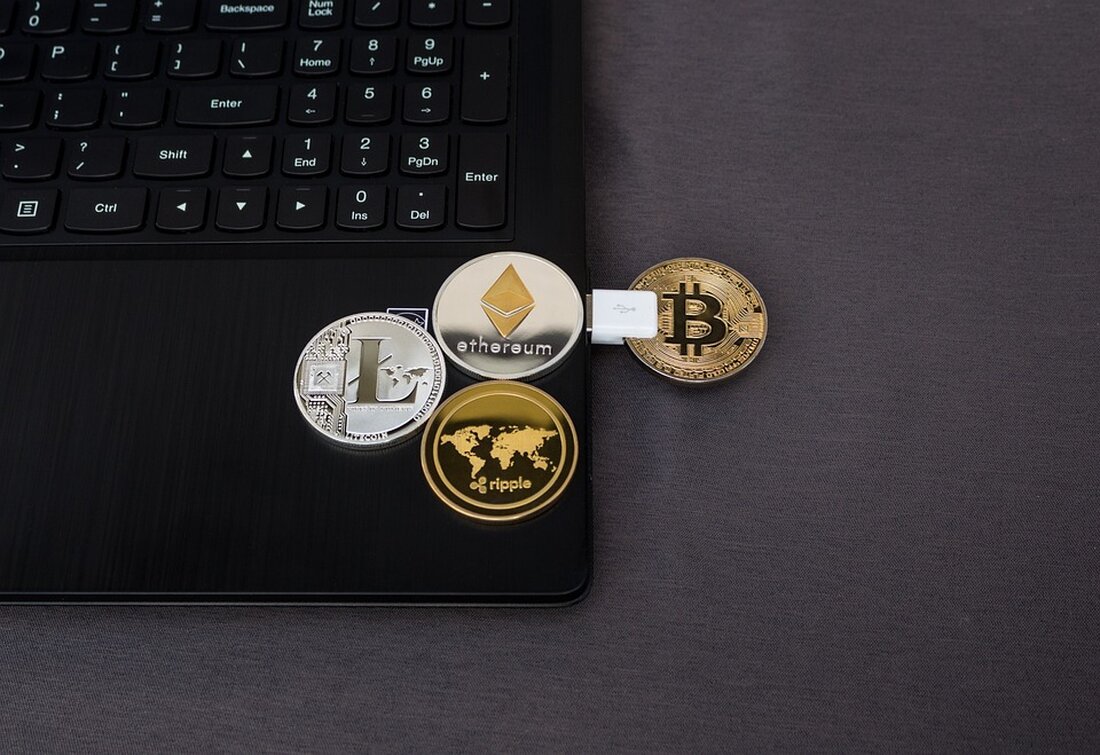Ethereum as a Layer 2 solution for Solana? Analysis of the possible effects on the defi ecosystem
With the further development of blockchain technology, discussions about interoperability and scalability are becoming increasingly important. Anatoly Yakovenko, the co-founder of Solana Labs, recently initiated a discussion about the possibility of using Ethereum as a Layer-2 (L2) solution for the Solana Blockchain. In this article we deal with the considerations of the Russian computer engineer and examine the concept that he drives forward, as well as its effects on the ecosystem of decentralized finances (Defi). The idea of Ethereum as L2 for Solana in an interview suggests Yakovenko that Ethereum has the potential to act as a L2 solution for Solana, and indicates that this concept is more practical, ...

Ethereum as a Layer 2 solution for Solana? Analysis of the possible effects on the defi ecosystem
With the further development of blockchain technology, discussions about interoperability and scalability are becoming increasingly important. Anatoly Yakovenko, the co-founder of Solana Labs, recently initiated a discussion about the possibility of using Ethereum as a Layer-2 (L2) solution for the Solana Blockchain. In this article we deal with the considerations of the Russian computer engineer and examine the concept that he drives forward, as well as its effects on the ecosystem of decentralized finances (defi).
The idea of Ethereum as L2 for Solana
In an interview, Yakovenko suggests that Ethereum has the potential to act as a L2 solution for Solana, and indicates that this concept is more practical than it initially seems. L2 solutions act as bridge protocols and offer an additional security level.
After this proposal, the owners of SOL credit on Ethereum would have a final guarantee that enables them to safely return to the Solana Blockchain in the event of problems on Ethereum.
key components for integration
To convert ethereum into an L2 protocol for Solana, several key components have to be created, e.g.:
-All Ethereum transactions must be transmitted to the Solana blockchain to ensure safe interoperability.
-A Simplicity Payment Verification (SPV) Root, which represents the agreed state, would be submitted to the agreement of the Ethereum consensus signatures with a certain state.
- A mechanism must be implemented that enables the identification and correction of errors within the bridge protocol. This decisive component ensures that all potential problems or inconsistencies can be recognized and effectively remedied, which further increases the reliability and safety of the integrated system as a whole.
Security and restrictions
Although this proposal presents a method to secure Solana assets in the Ethereum network, it is important to take into account the restrictions and potential dangers that can result from this integration. Yakovenko emphasizes that keeping assets on Ethereum can be considered safe, but activities such as lending or holding positions against these assets are not recommended.
In the case of an Ethereum error, Solana assets that are kept on Ethereum could be decoupled by the Ethereum Social Consensus Fork, which means that the representations of these assets become worthless. Therefore, lending Solana assets on Ethereum could lead to the borrower received real assets, while the lenders receive worthless tokens.
Effects on the defi ecosystem
The integration of Ethereum as a Layer 2 solution for Solana would undoubtedly affect the defi ecosystem. While central limit order books (Clobs) would continue to work as usual, automated marketmakers (AMMS) as well as credit and loan protocols for non-flash loans could encounter certain restrictions and constraints.
It is important to take these factors into account when it comes to assessing the potential consequences of the integration of Ethereum as a L2 protocol in the defi landscape in order to ensure smooth operation in the future.
FAZIT
The idea of Anatoly Yakovenko, Ethereum as a Layer 2 solution for Solana, has triggered an interesting discussion about the potential and the obstacles associated with the integration of the two platforms. This proposal offers the possibility of increasing the security of Solana assets to Ethereum and improving interoperability between the two blockchains. However, it is important to thoroughly determine and weigh the advantages and disadvantages before we proceed.

 Suche
Suche
 Mein Konto
Mein Konto
